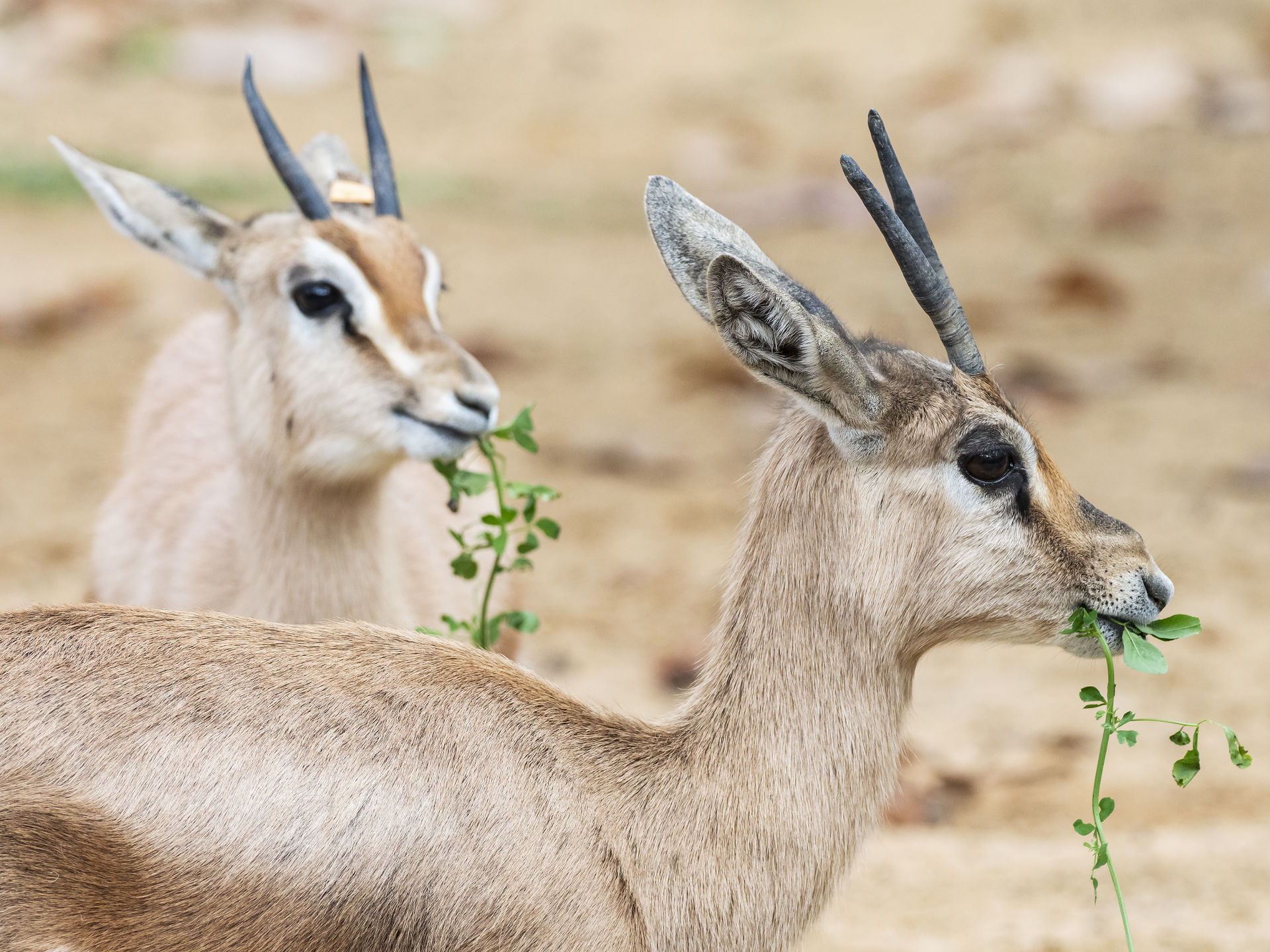The Montseny brook newt (Calotriton arnoldi) is a species of amphibian found exclusively on this massif, nature park and biosphere reserve. It is therefore endemic to this territory and also the only vertebrate that is from Catalonia. The first populations of the species were discovered by chance in 1979 and it was initially believed to belong to a very close species, the Pyrenean brook salamander (Calotriton asper). Scientific studies were able to establish, towards the end of 2005, that these populations were actually, on a morphological and genetic level, a different species: the Montseny brook newt. It had remained unknown to science for decades owing to its rarity, despite its obvious differences with the Pyrenean species. So all brook-newt populations known so far became a new species, the Montseny brook newt, and the Pyrenean species was therefore not present on the massif. That led to concerns over the state of conservation of this emblem of Montseny's biological diversity, which was finally listed as a “critically endangered” species by the UICN, as Western Europe’s most threatened amphibian.
It was in view of this scenario, in 2016, that the European Commission authorised LIFE project for conserving this species, with Barcelona and Girona Provincial Councils, the Catalan government, Forestal Catalana and Barcelona Zoo taking part. The project established various key goals at the outset, including the implementation of initiatives to minimise the current threats to the Montseny massif and improve the state of newt conservation. The specific operational goals established at the start of the project were as follows:
Goal 1. To ensure its genetic conservation and expand its geographic distribution.
Goal 2. To improve water quality and the ecological flow of transmissions in its distribution range.
Goal 3. To eliminate or minimise the threats that occur in brook habitats where the Montseny brook newt is currently found.
Goal 4. To establish sufficient legal cover on both domestic and EU levels and have a plan for its management.
Goal 5. To monitor its state of conservation regularly and increase scientific and expert knowledge for its conservation and management.
Goal 6. To disseminate information and involve society in conserving brook habitats, their biodiversity and, specifically, the Montseny brook newt.
Although some of the partners have extended the implementation of their initiatives by a further 2 years, with the project therefore remaining active, Barcelona Zoo has finished its initiatives with all goals achieved. Pre-existing and new facilities built as part of the LIFE project currently include a total of 112 aquariums intended for Montseny’s newts, now fully operational. All the global monitoring indicators of the reproductive success of this species in the Zoo can be considered positive: (1) a steady increase in the total number of newts housed in the rearing installations, (2) a positive increase of reproductive indices, and (3) the release into the natural environment of newts hatched ex situ in Barcelona Zoo. The educational area is fully operational and the educational programme has been properly defined, developed and implemented.
Barcelona Zoo’s post-LIFE commitment is clear, thanks to which a collaboration agreement has been established with Barcelona Provincial Council and Chester Zoo to provide continuity to most of the research initiatives, ex situ conservation, population boosting and conservation and dissemination initiatives for the species. This is an initiative which the International Union for Conservation of Nature (IUCN) has established as a priority, through its “Conservation Planning Specialist Group”: the “One Plan Approach” is aiming for an effective coordination of in situ and ex situ coordination initiatives. Barcelona Zoo’s New Management Model is fully committed to this integration and is therefore establishing as a strategic line projects that are aligned with this work strategy.
Life Tritó Montseny in Youtube




